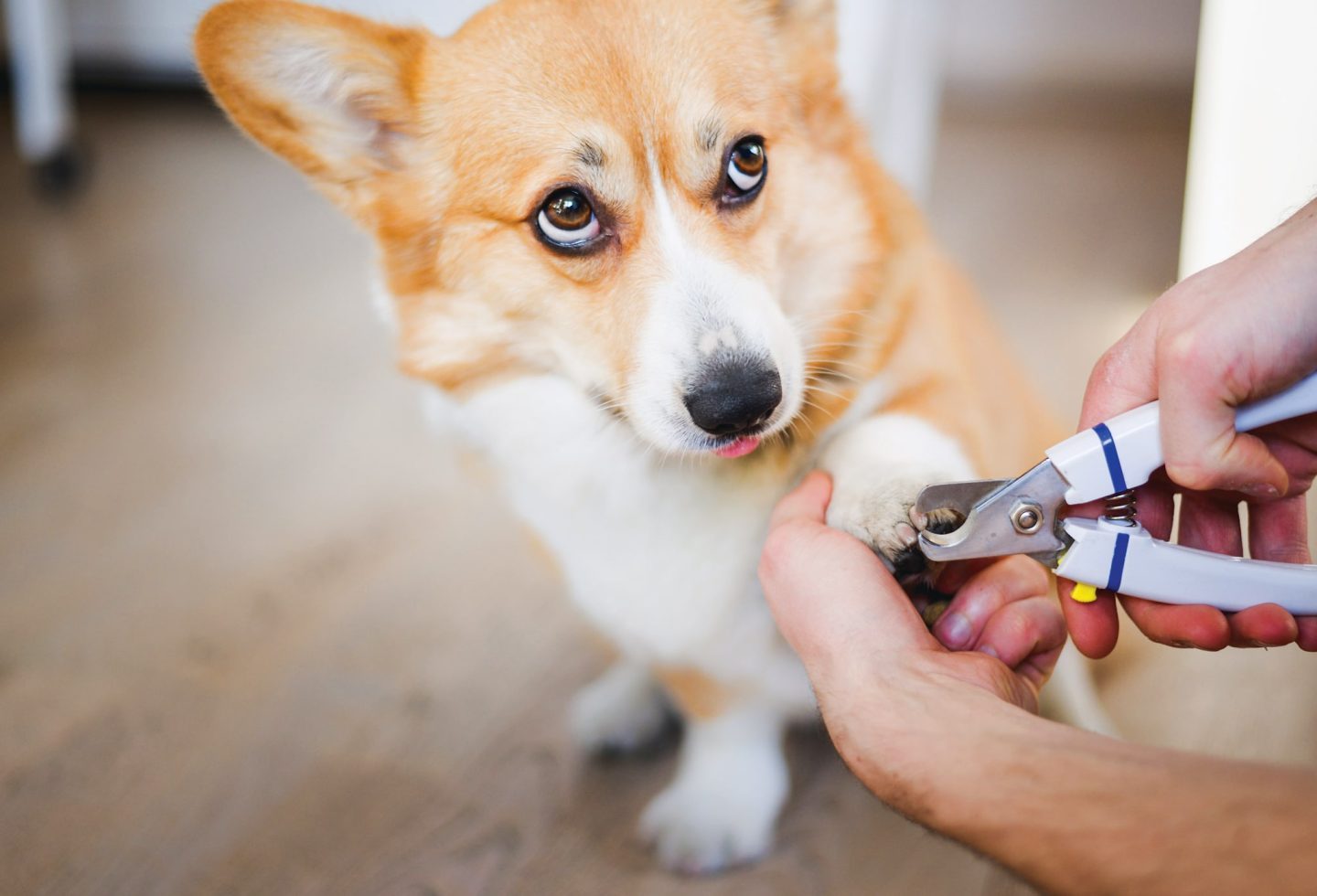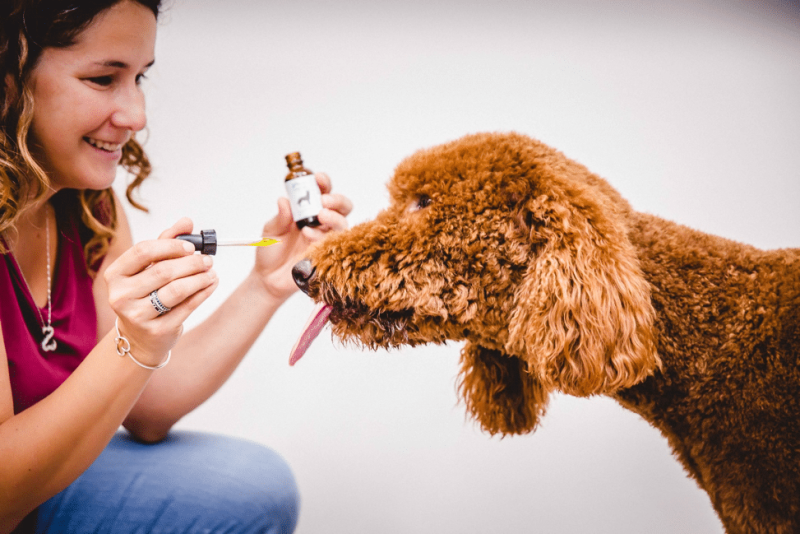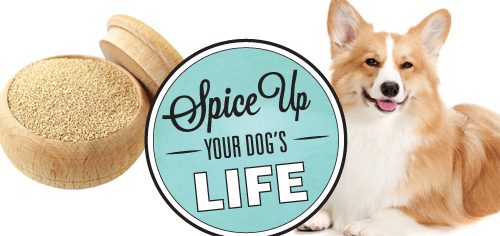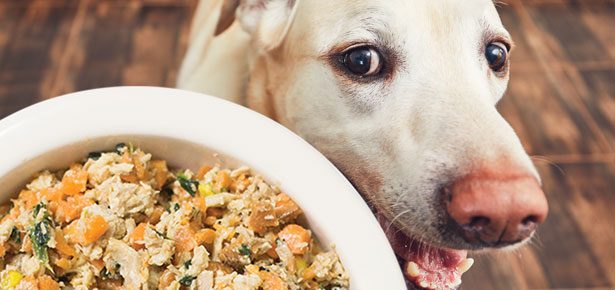

3 Simple Things That Will Vastly Improve Your Dog’s Quality of Life
From the author of Welcoming Your Puppy from Planet Dog
If there were something simple you could do that would make your dog much happier, you’d do it in a flash, right? Here are three easy things to keep top of mind.
Long Nails
Ready for the hard truth? You need to trim your dog’s nails every few weeks. I know. Your dog hates it. You hate it. So, you put it off and ask the vet or groomer to do it whenever your dog goes in. Unfortunately, unless you’re in the habit of monthly visits, that’s not nearly often enough. Here’s why too-long nails can make your dog feel miserable and affect his long-term health:
Each step your dog takes on those nails puts inappropriate pressure on the toes. That hurts, and sometimes it makes those toes twist unnaturally.
Long nails give dogs even less grip on slippery wood or tile floors, increasing the likelihood of muscle strain. This is particularly hard on older dogs who’ve lost muscle tone. It’s terrible to feel insecure walking across the kitchen.
The pain from those steps causes dogs to compensate by adjusting their posture. That can cause orthopedic issues and lead to hind-end weakness and soreness.
With a few exceptions, if a dog’s nails are clicking on the floor, it’s time to trim. And if you’re thinking that clipping them short enough to eliminate that click would mean cutting the quick, I have more bad news for you. The quick—the nerve inside the nail that bleeds if you cut it—grows along with the nail. So, if you let the nails get too long, the quick gets too long, too. The only remedy is an intense phase of even more frequent trimming! The quick always recedes from the edge of the nail. After six weeks of frequent, careful trimming, the quick should be short enough to let you clip the nails enough to stop them clicking on the floor.
Maybe you’ve always known how important nail trimming is, but you want to leave it to the “experts” because you still remember that time you made Rover bleed. My own “aha!” moment came when my daughter interned at the local vet and let me know that there was no perfect nail magic happening in that back room. They do their best, but sometimes they mess up, too. The difference is that you don’t see it happen, and they use styptic to stop the bleeding. That information was eye-opening to me. I realized I was putting my dogs through extra stress just so that I could avoid the drama myself. I decided that if this is to be done every three weeks, it’s better for my dogs to experience it with me, in the comfort of their own home. So, I worked on this skill. There are plenty of good guides online. It’s not brain surgery. I’m pretty good at it now, and you can be, too. Here’s what’ll help:
Pick your time. A super-tired dog is best. Possibly even more important: a non-stressed you.
Make sure your clippers are sharp. Dull blades cause compression, and so they hurt. I buy new clippers fairly regularly since I clip a lot of dogs.
Try a grinder instead of a clipper. I have come to adore this option, which leaves the nails with nice soft edges and entirely avoids the possibility of cutting the quick. However, grinders take longer and make a noise. I find dogs have preferences between clippers and grinders, so I let them take the lead.
Take the time to condition your dog to the experience. Pair the sight of the clippers or the sound of the grinder with something delicious. Dried fish! Feta cheese! Do that as frequently as you must until you see that head swivel eagerly at the sight of the tool. Next step: touch the tool to the paw, then treat. Baby steps can work wonders. (Although this may sound like it takes tons of time and patience, each little interaction takes only seconds.)
Remember, there’s no rule that you have to do all the nails at once. With some dogs, I do two and call it a day.
I implore you to work on this. You’ll screw up at first, and you’ll want to give up. Stick with it because the more you do it, the better you get. And once you’re skilled, you’re going to hit that every three-week mark. It may never be your favorite part of the day, but you and your dog can get to the point where you don’t dread it. The sooner you can get brave and learn to deal with this, the sooner your dog will be walking more comfortably.
Clinking Tags

Life on White/Bigstock
Does the sound of your dog’s clinking tags ever bug you? Now imagine those tags were around your own neck 24/7, and you had incredibly acute hearing. Sad, right?
Sure, maybe most dogs get used to it. But why in the world should they have to? These days, there are fantastic products out there that make loudly clinking tags a torture device of the past. I’ve had clients perplexed about why their dog was finicky about her food at home but happily wolfed down the exact same meal at the pet sitter’s house. A little investigation revealed that a low plastic plate rather than a high steel bowl reduced the noise that was interfering with the dog’s ability to eat in peace! Now that she’s got a new dish at home that her tags don’t clank against, that pup is eating normally.
At-Home Grooming Check In
The more you do your own dog grooming, the more you have a chance to catch all sorts of new things: lumps and bumps, changes in fur texture, hair loss, parasites, or mats of fur that could be painful. Whether you take the dog to a groomer or not, a weekly home exam is a great idea. I now keep my tools (brush, nail clippers, little scissors, ear cleaner) in a basket near the TV so that when we’re relaxed at night, I can slip over and make sure all the dogs are in good shape. If I had to walk over to the next room and get it, I wouldn’t because I’m lazy! This way, it has become a habit, and I feel confident nobody’s suffering in silence.
*Excerpt from the newly released Welcoming Your Puppy from Planet Dog: How to Go Beyond Training and Raise Your Best Friend by Kathy Callahan, published by New World Library, 2024
This article originally appeared in the award-winning Modern Dog magazine. Subscribe today!
Join the newsletter and never miss out on dog content again!
"*" indicates required fields
By clicking the arrow, you agree to our web Terms of Use and Privacy & Cookie Policy. Easy unsubscribe links are provided in every email.





